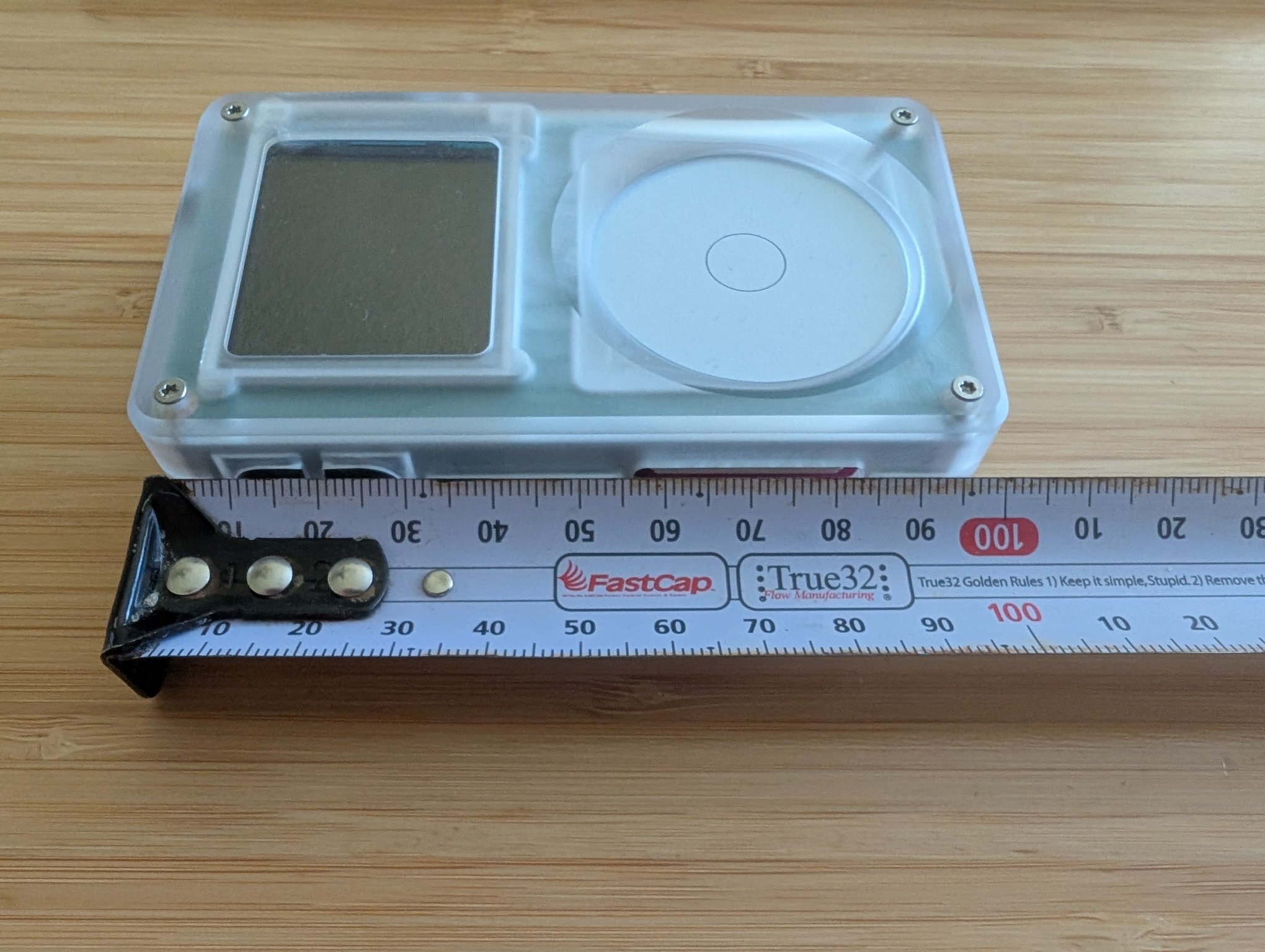For instance, a foot...is basically a foot length. So there's this foot-measuring waddle some people do walking literally heel-to-toe to get a general sense of the space. An inch is kinda a finger width, etc (they're all not perfect by any sense).
I've decided to just take the plunge and basically re-learn all my measurement systems because I'm seeing less and less of those being used. I started with just memorizing all the conversions but that's literally just adding another step. Everything I own basically has settings to switch or show both measurements (like tape measures) so I'm just going to stop using Fahrenheit and the United states "Customary System" all together.
Any tips or things you're taught or pick up on? There's a funny primary school poem for conversion of customary liquid measurements,
Land of Gallon
Introducing capacity measurement to learners can be challenging. To make this topic more accessible and memorable, we can integrate creative and interactive activities into our teaching approach. Using storytelling, we can transform the sometimes daunting task of learning measurement conversions into a whimsical tale.
- In the Land of Gallon, there were four giant Queens.
- Each Queen had a Prince and a Princess.
- Each Prince and Princess had two children.
- The two children were twins, and they were eight years old.
Once students are familiar with the story be sure they see the connection between the story characters and the customary units of capacity measurement. If necessary, label the story pieces with their corresponding units of measure: queen = quart, prince/princess = pint, children = cups, 8 years old = 8 fluid ounces. You can reduce the number of customary units in the story based on student readiness. link
tl;dr looking for anything to remember the hierarchy and memorizing the metric and Celsius measurement system, sometimes explained in schooling or local sayings. (if I had an example for those systems I would give one lol).


